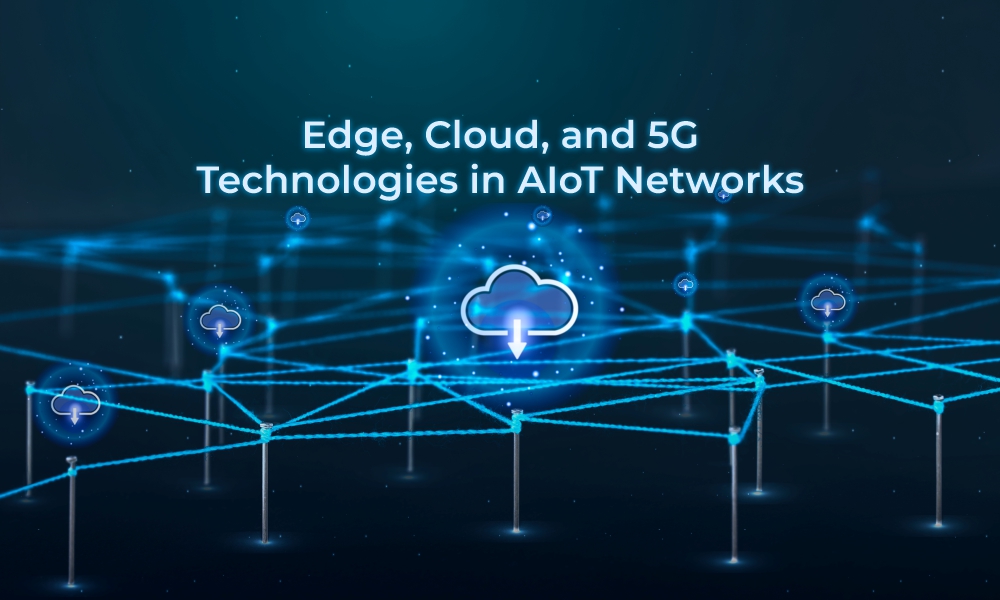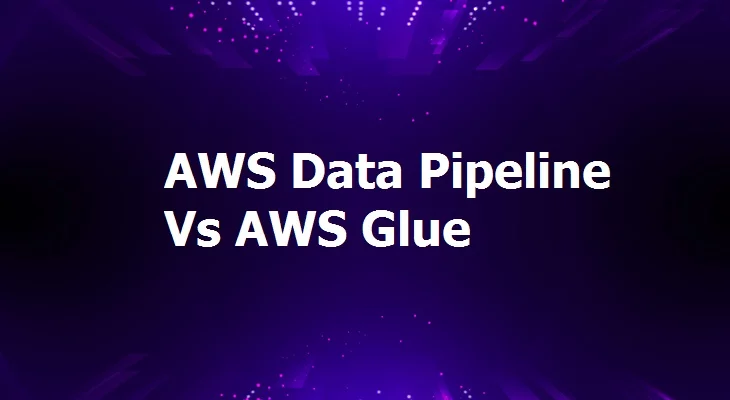Have you ever wondered how our world is becoming smarter, faster, and more connected? It is not magic; it is an excellent convergence of technologies blending together smoothly like a well-lubricated machine. This blending is forming what we describe as smart AIoT networks. The foundation of this revolution is the strong trio of edge computing, cloud computing, and 5G connectivity. Add AI (Artificial Intelligence) to the equation for smart analysis, and you have the fantastic capability of Edge Cloud 5G AIoT.
It may seem complex, replete with jargon and technical nomenclature, but the principle is all about bringing the brainpower nearer to the location of action and ensuring that the information is transferred at lightning-fast speeds. This blog is going to break down this synergy in easy-to-understand terms, so that you can see just how these technologies are making our lives better.
Understanding the Key Players on the AIoT Team
Before we dive into the "synergy," which simply refers to how all these pieces work together perfectly, let's introduce the key actors in the edge cloud 5G AIoT ecosystem.
1. IoT (Internet of Things) and AI (Artificial Intelligence)
Consider IoT as all the 'things,' including sensors, cameras, machines, and devices that collect data on the real world. They are the eyes and ears of a smart network. They produce tons of raw information, as it were, a crowd of people speaking all simultaneously.
AI is the network's thinking part. It takes that raw, noisy data and converts it into useful decisions. AI employs intelligent programs to learn from data and determine what must occur next, be it a traffic light changing color or a factory robot varying its speed.
The term 'AIoT' denotes that such 'things' are not only transmitting data but are behaving intelligently on the basis of that data. But for them to respond immediately, they require proper infrastructure; that is where Edge, Cloud, and 5G enter the picture.
2. The Cloud: The Central Headquarters
The cloud refers to the original, mighty brain, which is a large, centralized data center that is miles away.
Job: The cloud is ideal for holding large amounts of data, running intricate AI models over time, and taking care of tasks that aren't hyper time-sensitive.
Analogy: Consider the cloud as the central headquarters or the central library. It contains all the resources, history, and primary processing power.
3. Edge Computing: The Local Brains
Edge computing is the idea of putting smaller computing and storage closer to the IoT devices that are gathering the data. 'Edge' is just shorthand for the edge of the network, distant from the cloud center.
Job: The Edge acts on imperative, real-time information in real time. It makes swift, life-or-death (or at least time-sensitive) decisions without waiting for direction from the distant cloud. This is necessary for truly intelligent systems.
Analogy: The edge is similar to the local branch office or site manager. It takes care of day-to-day tasks and pressing issues right there on the spot.
4. 5G: The Ultra-Fast Highway
5G is the fifth generation of mobile network technology, and it is the glue that keeps this entire system intact. It is way more than just a quicker version of 4G.
Job: It offers three primary things: hyper-speed, huge connectivity (i.e., it can accommodate loads of devices simultaneously), and most significantly, extremely low latency. Latency is a lag while sending information and waiting for a response.
Analogy: 5G is the hyper-fast delivery service that makes data travel instantly among the devices, the edge, and the cloud. The low latency is like having a zero-delay phone conversation and no cringeworthy wait time!
The Genial Harmony of Edge Cloud 5G AIoT
The real strength of intelligent networks lies in the harmonious combination of these four: edge cloud 5G AIoT. They do not substitute one another; they complement one another. This is the essence of the edge cloud 5G AIoT harmony.
1. Speed and Responsiveness: The Need for Now
For a system to be most "smart," it must respond immediately. Visualize an auto (driverless) car. If it takes even one second to process the image from a camera in the far-off cloud and understand that it must break, it's too late.
How Trio Assists: The edge computes the data from the cameras directly within the vehicle or a local hub. The edge AI model detects a threat immediately. The 5G network offers the ultra-low latency connection required for the quickest possible communication to and from the device. The cloud is too slow for this 'instantaneous' response. This speed is the promise of edge cloud 5G AIoT.
2. Data Handling: Taming the Deluge
IoT devices produce an enormous amount of data, which is far too much to transfer over the internet to the Cloud all the time.
How the Trio Assists: Edge computing is an intelligent filter. It computes raw data locally and only transmits the key insights or required data summaries to the cloud. This conserves tremendous amounts of bandwidth and storage expenses. The 5G network, with its huge capacity, makes sure that even the filtered data moves smoothly, but local processing at the start is the secret to handling the huge data load generated by tens of millions of AIoT devices. This smart data filtering is one of the greatest advantages of the edge cloud 5G AIoT architecture.
3. Reliability and Security: Always Working
Dependence solely on a remote cloud result in the entire system failing when the internet link goes down.
How the Trio Assists: Having computational power at the edge allows systems to continue to operate and make local decisions even when the network link to the cloud is temporarily unavailable. This provides operational resilience. In addition, processing sensitive information (such as patient or factory data) locally at the Edge may be safer and assist with complying with stringent privacy laws prior to transmitting less-sensitive, aggregated information to the cloud. 5G provides enhanced network slicing features, i.e., designing dedicated, secure virtual networks for given services, providing a further layer of protection to the AIoT data stream.
Real-World Impact: Edge Cloud 5G AIoT in Action
The use of the edge cloud 5G AIoT model is increasing exponentially as companies realize its fundamental importance. Based on recent market studies, the worldwide 5G edge computing market is expected to experience tremendous growth of about 246.98 billion in 2030, reflecting the need for this integrated technology. This isn't academic; it is currently taking place in large industries.
The Future is Collaborative
The drive to more intelligent, more autonomous systems is fueled by this potent synergy. With increasingly pervasive 5G networks and edge computing capabilities growing smaller and lower in cost, the dividing line between where the cloud begins and the edge becomes increasingly blurred. What we are witnessing is the building of a transparent, smart computing space, an authentic continuum, fueled by edge cloud 5G AIoT.
This is not a fantasy of the future; it is the building block of the digital infrastructure of the next generation, powering everything from our factories to our cities with more efficiency and smarter than ever before. The future is linked, and it is based on synergy.
To learn more, visit KnowledgeNile!
FAQs
1. What is Edge IoT?
Answer: Edge IoT means smart devices that process data right where it is created, like inside a sensor camera, for faster decisions.
2. What is Cloud Edge IoT?
Answer: Cloud Edge IoT combines local (edge) processing with cloud storage and analysis. This helps devices to act quickly and makes them learn from big data.
3. What is the importance of edge computing, 5G technology, and AI integration in advancing IoT capabilities?
Answer: Edge computing, 5G, and AI integration help smart devices work faster and smarter. They allow them to talk with each other instantly and make smart choices, such as making real-time decisions and systems more efficient.
Recommended For You:
Edge and Cloud Computing for IoT and Their Key Roles
Edge & Cloud & Fog Computing: What Is The Difference Between Them





